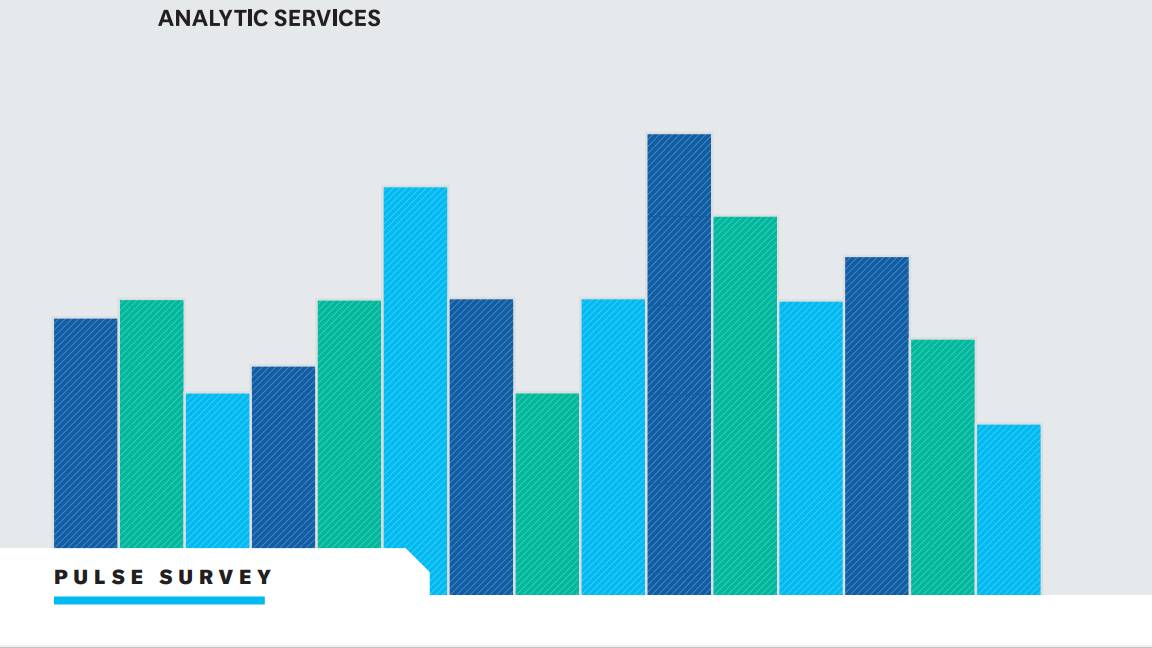Inside the enterprise: Is business looking to IT for innovation?
Cash is still tight, but a more efficient IT operation should boost a business' potential for growth.

The businesses best placed to take advantage of an economic recovery, when it happens, are those that innovate. But, after three years of cost cutting and restricted investment, not all businesses have the capacity to deal with a return to growth.
Evidence to support this comes from sources such as the Purchasing Managers' Index, which reported this week spending by manufacturers had hit a 20-month low, and the Office of National Statistics, which also found industrial growth had dropped back.
The news might not be quite as bad as the data suggest. Statisticians blame an unusually warm spring, and even the Royal Wedding, for causing industrial and retail activity to fall;, whilst components shortages, caused by the earthquake in Japan, are also affecting businesses.
But a more lasting problem stems from the way companies, starved of capital during the financial crisis, were forced to cut back on all but the most essential spending. This seems to have affected businesses across the board, including in new product development, new stores, the supply chain and IT.
Even where companies were not forced to cut costs, the lack of funds for investments have exacted a heavy toll.
According to Paul Evans, the worldwide lead for application transformation solutions in HP's enterprise business, organisations had to "hunker down and do nothing," even though it raised the very real risk of being overtaken by competitors.
"Doing nothing is dangerous, when others are doing something," he said. The innovators, he suggested, would be best placed to gain from a return to economic growth.
Sign up today and you will receive a free copy of our Future Focus 2025 report - the leading guidance on AI, cybersecurity and other IT challenges as per 700+ senior executives
Evans' team recently commissioned a survey of senior business and public sector executives to establish their attitudes towards innovation. Perhaps unsurprisingly, private sector companies said their CEOs were responsible for driving innovation. In the public sector, that role was split between business unit heads and CIOs.
However, the CIO's ability to innovate is being held back by organisations' reliance on legacy technologies. Most businesses spend between 70 and 80 per cent of their IT budget on day-to-day operations, according to industry analysts. And, in HP's study, half of the CEOs cited "inadequate technology" as a barrier to innovation, second only after a lack of funding.
Of course, HP would love companies to rush out and spend their cash on new IT equipment or on services, such as application transformation which allows businesses to "port" their software to newer, less costly infrastructure, or even to the cloud.
Before they do that though, Evans suggests some basic housekeeping would not go amiss. According to HP, businesses frequently run twice as many applications as they need.
Slimming that down will free up cash which could be ploughed back into new technologies, such as mobility, better data analytics and cloud technologies, which could all, in turn, support innovation.
Stephen Pritchard is a contributing editor at IT PRO.
Comments? Questions? You can email him here
-
 I couldn’t escape the iPhone 17 Pro this year – and it’s about time we redefined business phones
I couldn’t escape the iPhone 17 Pro this year – and it’s about time we redefined business phonesOpinion ITPro is back on smartphone reviews, as they grow more and more intertwined with our work-life balance
-
 The gig economy: Past, present, and future
The gig economy: Past, present, and futureFeature The rise of the gig economy represents a new era of flexible working despite being plagued with controversies
-
 Predicts 2024: Sustainability reshapes IT sourcing and procurement
Predicts 2024: Sustainability reshapes IT sourcing and procurementwhitepaper Take the following actions to realize environmental sustainability
-
 Advance sustainability and energy efficiency in the era of GenAI
Advance sustainability and energy efficiency in the era of GenAIwhitepaper Take a future-ready approach with Dell Technologies and Intel
-
 2024 State of procurement report
2024 State of procurement reportWhitepaper The trends shaping the future of business buying
-
 Digital optimisation paves the way to strategic supplier management
Digital optimisation paves the way to strategic supplier managementWhitepaper Procurement’s role as a strategic driver
-
 Bringing order to the file management chaos plaguing AEC firms
Bringing order to the file management chaos plaguing AEC firmswhitepaper How a cloud-based solution, supported by edge technology, helps architecture, engineering, and construction firms boost performance and cut costs
-
 File data services to support modern manufacturing
File data services to support modern manufacturingwhitepaper Smart file data services deliver resilience and intelligence to the modern manufacturing organization
-
 Innovation in product development
Innovation in product developmentwhitepaper The latest data on how successful product development teams collaborate to build the future
-
 The small and medium business guide to buying
The small and medium business guide to buyingWhitepaper Optimising purchasing to save in 2024